The kingfisher is a brightly-colored, broad-billed group of birds in the Alcedinidae family. There are over a hundred different species of kingfishers, which researchers divide into three different subfamilies.
The various kingfisher species live across much of the globe. As their name might suggest, kingfishers hunt for fish and other aquatic prey. Read on to learn about the kingfisher.
Description of the Kingfisher
Each species of kingfisher varies in color and size, though they are all quite similar in shape. They have stout bodies, large heads, and even larger bills. Their beaks are broad at the base and pointed at the end.
These birds range between four inches and a foot and a half in length. Kingfisher plumage is quite colorful, and many species of kingfishers are blue. Their feathers also come in orange, slate grey, white, cream, black, red, brown, yellow, pink, purple, and any combination of the above.
Interesting Facts About the Kingfisher
This group of birds is incredibly varied and unique. Learn more about some of the different amazing species of kingfishers below.
- Oriental Dwarf Kingfisher – As far as colorful kingfishers go, this species is tops. Oriental dwarf kingfishers are incredibly brightly-colored birds, and every feather is iridescent! Their bellies are bright yellow, their backs are orange, their wings are black and purple, and the tops of their heads are bright pink.
- Laughing Kookaburra – Laughing kookaburras are large, charismatic birds, and boy are they loud! This Australian species has an incredibly loud call, reminiscent of someone laughing raucously. Australian Aboriginal legend says that the call of the kookaburra is the alarm clock to light the sun each morning.
- Tuamoto Kingfisher – This kingfisher species lives on a single island in French Polynesia off the coast of South America. Researchers estimate that there are around 100 birds in the entire population. Because of this, the IUCN lists this species as Critically Endangered. Like many island species, feral cats pose a serious problem for the survival of this bird.
Habitat of the Kingfisher
These birds inhabit a wide range of ecosystems, and not all of them are based around foraging in aquatic regions. Though many kingfishers primarily hunt fish and similar creatures, these birds have a wide range of prey and hunting grounds.
The only habitats that these birds do not live in are extreme desert conditions (like the Sahara Desert in Africa) and polar ecosystems. They live along rivers, lakes, and streams, as well as in forests, mountains, woodlands, tropical rainforest, swamp, wetland, and more.
Distribution of the Kingfisher
These birds live on landmasses virtually worldwide, though they do not live in Antarctica. Their range extends from southern Canada through all of North America, Central America, and to the tip of South America.
They also live throughout much of Europe, save for Norway, Sweden, and Finland. Their range extends into the Middle East, but they are absent from severe desert regions and throughout most of northern Asia. They also live in Africa, Australia, and the surrounding islands.
Diet of the Kingfisher
This group of birds hunts a wide variety of prey, though many feed primarily on aquatic animals. Most kingfishers, aquatic hunter or otherwise, find a perch with a good vantage point and search for prey from there.
Once they spot a likely meal, they swoop down and snatch it up before it even knows the kingfisher is there. Some of the different types of prey include fish, frogs, snails, worms, lizards, snakes, grasshoppers, spiders, shrimp, crabs, mice, and more.
Kingfisher and Human Interaction
With so many different species, the impact of human activity varies drastically from one kingfisher to another. Perhaps the most detrimental human activity is logging and other forms of habitat destruction.
Humans also pollute the waterways they hunt in, and accidentally poison them with pesticides. Several different species of kingfishers are in danger of extinction because of human activity.
Domestication
Humans have not domesticated kingfishers in any way.
Does the Kingfisher Make a Good Pet
As a whole, kingfishers do not make good pets. They are wild birds, and most species are not tame or friendly in any way. In many places, it is illegal to own a kingfisher as a pet.
Kingfisher Care
Zoological care differs greatly between species. Some species are aquatic and prefer living in enclosures with a variety of water bodies to forage in, while other species do not live near water sources at all.
They are all arboreal, or tree-dwelling, birds, so they need a variety of perches. Zookeepers feed them varied diets based on their natural prey, including small fish, shrimp, crayfish, frogs, worms, insects, small rodents, chicks, and more.
Behavior of the Kingfisher
Each species of kingfisher has slightly different social needs and behavior. Though some species live in small flocks, most kingfishers are solitary or live in mated pairs.
They are primarily territorial birds, and some species even defend their territory from just about any animal that enters it. Most species are active during the day, or diurnal, where they spend most of their time perched and watching carefully for prey.
Reproduction of the Kingfisher
Most kingfisher pairs continue breeding with the same partner for life. Their exact breeding behavior, including nesting site, clutch size, and incubation period, vary by species. For most species, the average clutch size ranges between three and six eggs.
The incubation period and duties vary from species to species. In most kingfisher species, the chicks begin learning to fly when they are between three weeks and two months old.



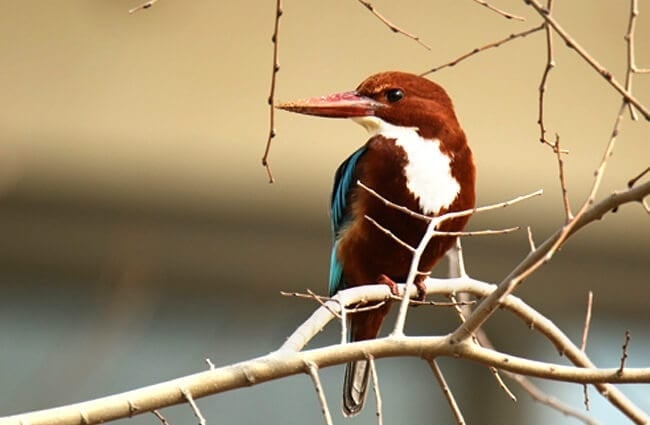
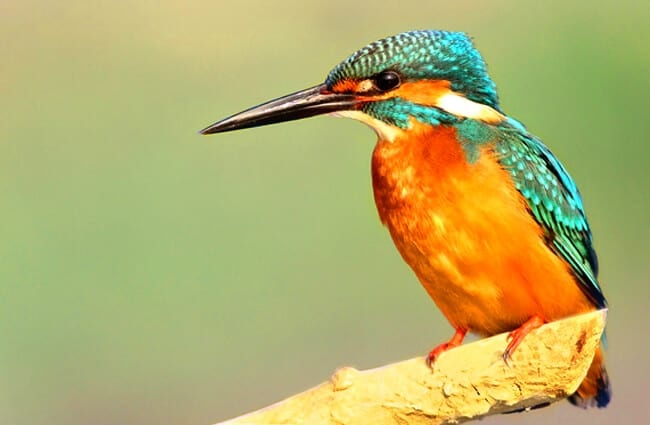

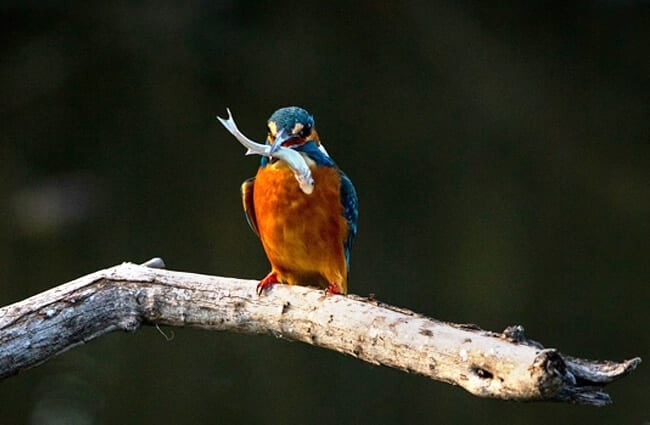
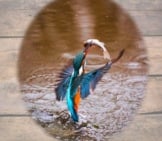
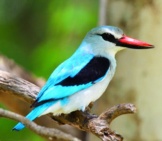
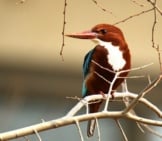
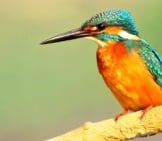
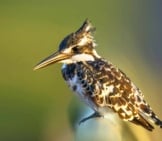
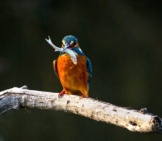
![Red Angus Closeup of a beautiful Red Angus cowPhoto by: U.S. Department of Agriculture [pubic domain]https://creativecommons.org/licenses/by/2.0/](https://animals.net/wp-content/uploads/2020/03/Red-Angus-4-238x178.jpg)












![Red Angus Closeup of a beautiful Red Angus cowPhoto by: U.S. Department of Agriculture [pubic domain]https://creativecommons.org/licenses/by/2.0/](https://animals.net/wp-content/uploads/2020/03/Red-Angus-4-100x75.jpg)

